The loud story of the Opera browser

At that time, when only a select user surfed the vastness of the Global Network, ordinary people did not suspect that in a couple of years they would be told: “Welcome to the club!” Companies that believed in a brighter future tried to quickly pull them into the big web.
One such company was the Norwegian Telenor (until 1995 - Televerket). Its employees Stephenson von Techner and Geir Ivarsøy developed a special ODA data collection and processing system. However, in 1993 they switched to a new task - the creation of a personal website for the company. For that time it was a bold and innovative solution.
In the process, they actively used the most popular Internet browser Mosaic at that time. Soon Techner and Ivarsøy concluded that he was not suitable for surfing the Web. The development team took the initiative to create a new browser, which would solve several of the most pressing problems at that time:
• Correct viewing of pages and documents;
• Fast speed of obtaining information from the Web;
• Ease and convenience of work;
• Small size of the program and installation package;
• Minimum resource requirements;
• Mass use.
The leadership of the telecommunications company turned out to be rather far-sighted and approved not a specialized, but a very promising project.
From MultiTorg to Opera Software
The zero version of the Opera browser can be considered MultiTorg, which appeared in 1993. This browser was just designed for the needs of Telenor, and not for mass distribution.
However, MultiTorg has become a good base for Opera. The source code of the browser was written in C ++ without using third-party APIs, system requirements were minimal even for machines of that time.
MultiTorg Opera 1.0 was introduced in 1995, after which experts predicted a great future for it.

Inspired by flattering reviews, on August 30, 1995, Jon Stephenson von Techner (left) and Geir Ivarsøy (right) left Telenor and created their own - Opera Software AS. Their transition took place without much difficulty, since they had exclusive development rights. The first release, released within the walls of the new company, was given to “tear” to trusted specialists.
Releases
In 1996, the next release appeared. Opera 2.1 came out as shareware. Users had 90 days to evaluate the functionality of the program for free. For the further use of the program, it was proposed to pay a certain amount.
Such an offer was not met with hostility, as the browser did a great job of quickly loading web pages, which was the main sign of success at that time.
In the last century, the problem of site loading was the cornerstone of the entire Internet industry.
The third version of the browser was more reliable and undemanding to resources. A 386 and 6 MB PC on the hard drive was enough to freely use all the functions of the browser. In addition, Opera 3 has the ability to work in multiple windows, autocomplete forms and support for the TSL security protocol.
In the fourth version, the settings system was improved, an email client appeared, and, most importantly, cross-platform was implemented.
In 2000, the company released Opera 5.0. Support for IRC client appeared in the browser.
Another new feature is mouse gestures. For that time, this was a completely new technology. Starting with the fifth version, support for the Russian language was added. The terms of the shareware license have been replaced by the mandatory display of banner ads. The browser has become completely free.
By the time the sixth release appeared, Opera was already considered a worthy competitor to Microsoft Internet Explorer. Among the main innovations of the sixth version were Unicode support and a change in the user panel.
In 2003-2004, the confrontation with Microsoft reached its peak. Just at that time, the seventh version of Opera came out with the new Presto engine, improved support for CSS, client scripts and the DOM interface. In addition, support for dynamic layers and a master password have been added to the browser.
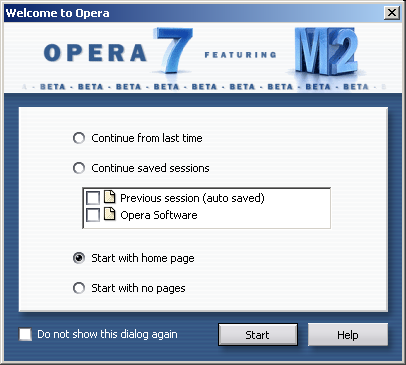
In August 2004, limited alpha testing of Opera 7.6 began. The list of executable web standards has been expanded, voice control and support for VoiceXML have been added.
Conflicts with Microsoft
It all started back in 2001, when Microsoft blocked access to MSN.com for users working with third-party browsers, including Opera. Access to the site was open only to users of Internet Explorer. After a wave of outrage from antitrust organizations, Microsoft lifted this restriction.
In 2003, the MSN.com site was set up so that for Opera users the display of the site content was distorted - as if they were working under older versions of Internet Explorer. Other browsers received an adequate picture corresponding to the display of pages in the latest version of Internet Explorer. Outdated markup code led to some important page elements shifted 30 pixels to the left. There was an impression that the reason for this lies in browser errors.
Opera developers turned to Microsoft for help, but did not receive a response. Then they publicly accused the corporation of misconduct, but Microsoft rejected all allegations of malicious intent.
In response, Opera Software released build 7.02 Borg Edition, which normally displayed all sites except for MSN.com, whose menu was distorted and became unreadable.
After that, Microsoft made the necessary changes on its servers, and the seventh version of Opera began to display pages in the same way as the latest version of Internet Explorer.
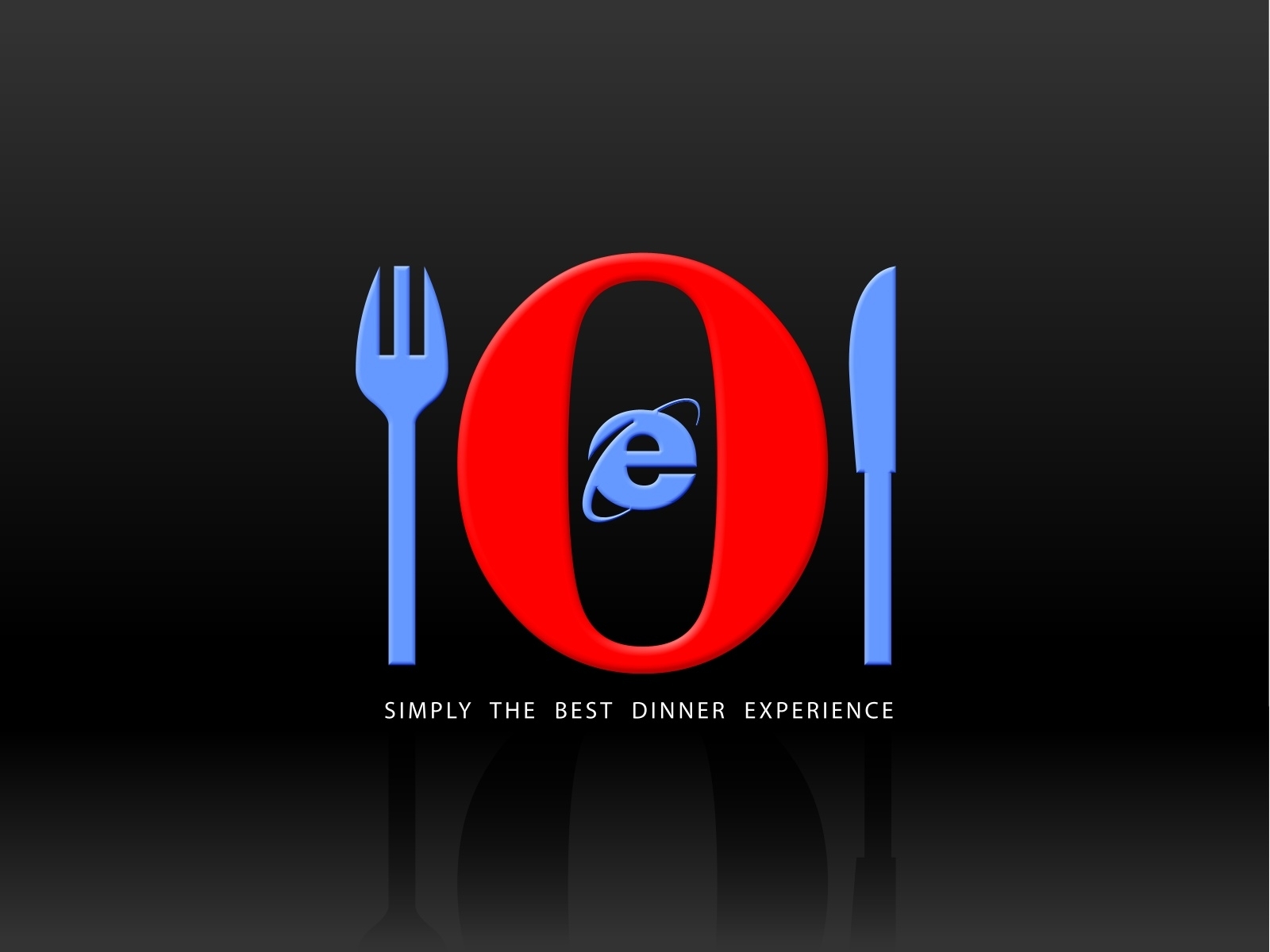
In November 2004, Opera Software sent an email to a Microsoft representative complaining that Opera owners received an incomplete JavaScript file on the Hotmail email service. This led to the fact that users could not empty the cart of unnecessary correspondence. Following this, Opera Software sent a regular email to Microsoft.
However, the corporation did not respond to these requests and did not make corrections to the Hotmail service.
Dawn
On April 19, 2005, Opera 8.0 was released, which to this day is considered the best of all versions of this browser: a new kernel, improved JavaScript support, the ability to download from torrents, voice control.
Version 8.0 introduces support for SVG 1.1 Tiny. Opera was the first browser compatible with this graphic format. There was also a presentation mode (Opera Show), in which you could view an HTML or XML document in full screen without displaying program interface elements.
With the release of Opera 8.5 (September 20, 2005), Opera Software announced that the browser will be completely free and ad-free. Among the innovations: security fixes and the ability to correct incorrectly drawn pages by the user.

In the ninth version, developers paid great attention to security, reliability and privacy. So, in Opera 9.0, anti-phishing protection was strengthened, the kernel was redesigned, stability was improved, and dangerous vulnerabilities were eliminated.
Opera 9.x identified thirteen vulnerabilities. All thirteen developers managed to eliminate.
When visiting protected pages, Opera encodes the received and transmitted information using high-reliability protocols: SSL 3 or TLS. Information on enabling security is displayed in the address bar of the browser. The user can click on the button that appears there and check if the page is fraudulent or created for phishing. The user can enable the automatic check of pages for phishing, but by default this option is inactive.
And the Arche Twist group even released the OperaTor software bundle, designed for anonymous surfing the Internet. It includes the Opera browser, the Tor anonymous network client, and the Polipo virtual proxy server. Anonymized work on the HTTP and HTTPS protocols.
Decline in popularity
In the 10th version, a new browser design, visual tabs, Opera Turbo appeared. In the 11th version, extension support was implemented. The 12th version has improved camera technology. Moreover, Opera 12 was the latest version that was implemented on the Presto engine.
Further, a certain decline in popularity began to be observed. The world entered the era of “fast Internet”, and the speed of loading pages and the ability to view them to full load (Opera's trump cards) ceased to play a decisive role.
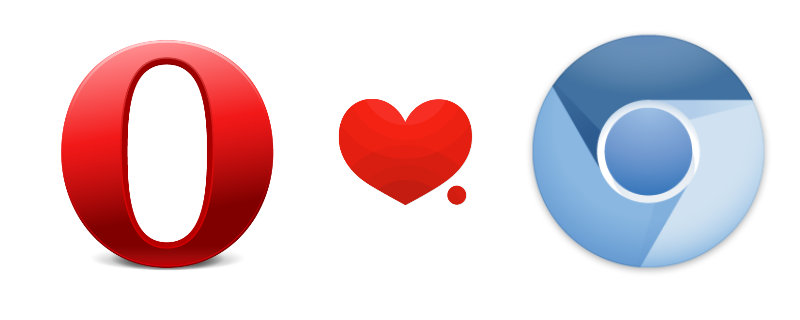
From the 13th version, browser developers switched from Presto to Chromium, after which they significantly reduced the staff of their employees.
All subsequent versions were already released on the basis of the "stepless" Chromium. According to popular belief, Opera has lost its identity since that time.
There is life in the old dog yet
In September 2016, Opera released a desktop browser with a built-in VPN function. This contributed to the growth of the audience: the browser received two million new users, which was an absolute record for the company.
“If people knew how the Internet really works, I’m sure they would all use a VPN. Having made our browser-based VPN free and easy to use, we hope that the VPN will become an indispensable feature for users, ”said Christian Kolondra, senior vice president of Opera.
According to the developers of the browser, the most pressing issue when creating a new version was the protection of personal information on the network. That is why they built a free and non-logging VPN into the browser, saving users from unnecessary costs and difficulties associated with installing and configuring a third-party VPN.
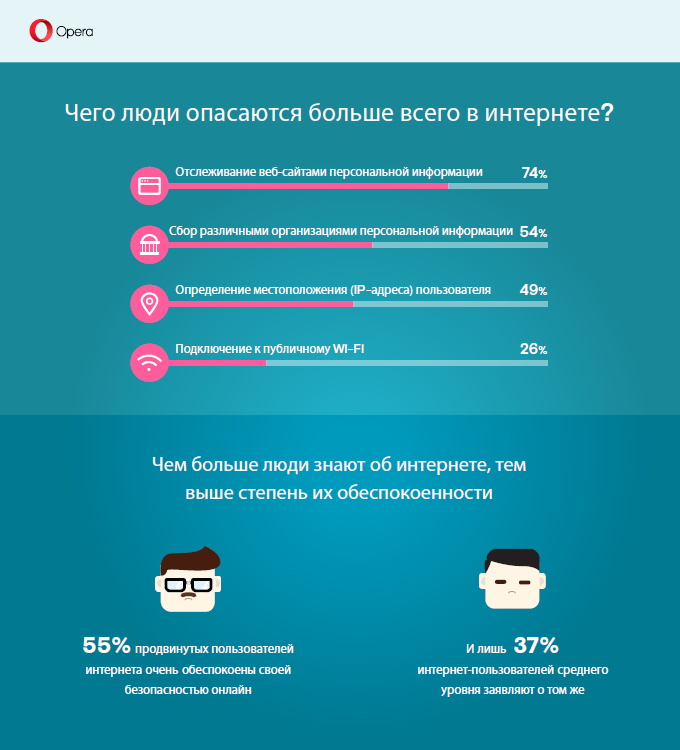
In order to confirm the relevance of the built-in VPN service, the developers conducted a global survey of ten thousand Opera users:
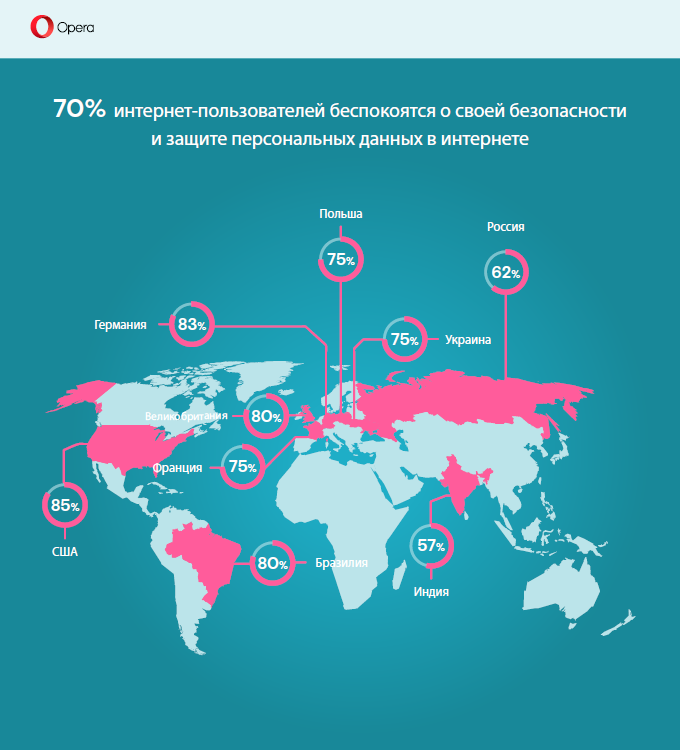
Chinese partners
In July, a consortium of Chinese companies led by Qihoo 360 acquired Opera for $ 600 million and several other assets, including the brand name. Qihoo 360 is known in China for its online mobile app store and antivirus software. The consortium also includes Kunlun and investment funds Golden Brick and Yonglian.

Earlier this year, the Norwegian company tried to sell all the assets for $ 1.2 billion to the same consortium, but the deal did not take place. According to the new agreement, the consortium owns a large part of the company - the mobile and desktop versions of the famous Opera browser, which occupies 10% of the mobile market.
The company has two ecosystems left: Opera Apps & Games and Opera TV. Of the staff of 1,669 people, 560 employees will remain.
The Opera TV division brought the company revenue of $ 616 million per year. According to Opera, this represents three quarters of all revenue. Be that as it may, but the Opera browser was the flagship product of the company.
After Opera switched to the Chromium engine, an opinion appeared that this browser has no future. However, it is still developing. Maybe the direction of development has changed, but its history continues.
